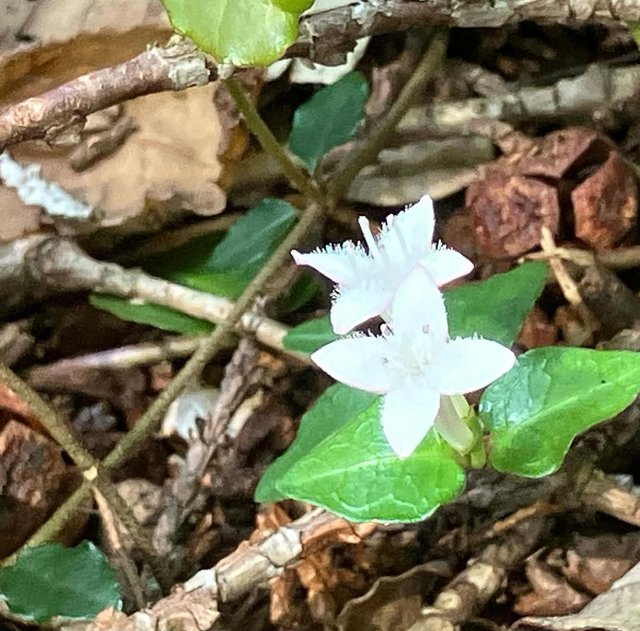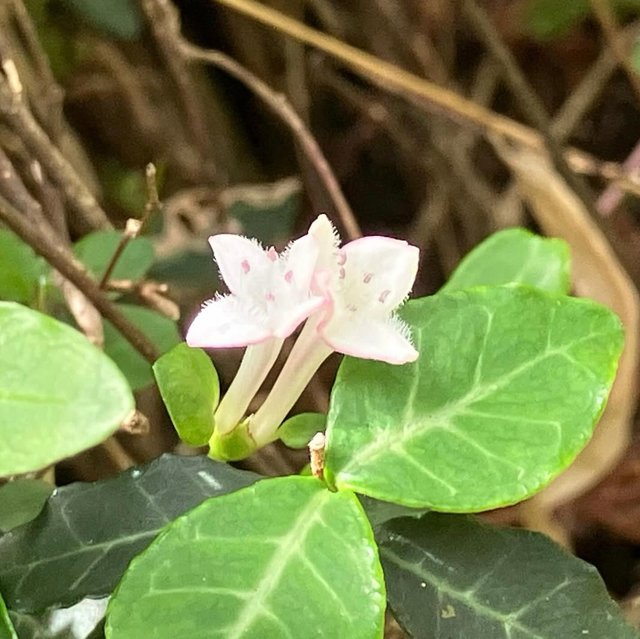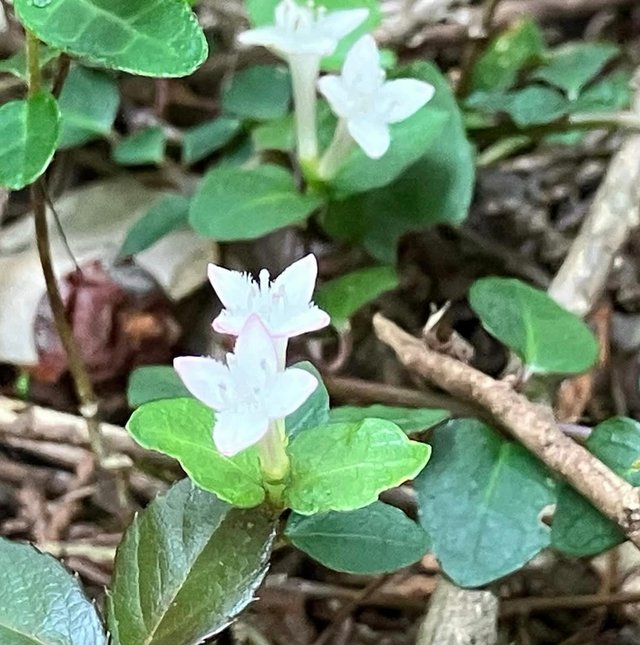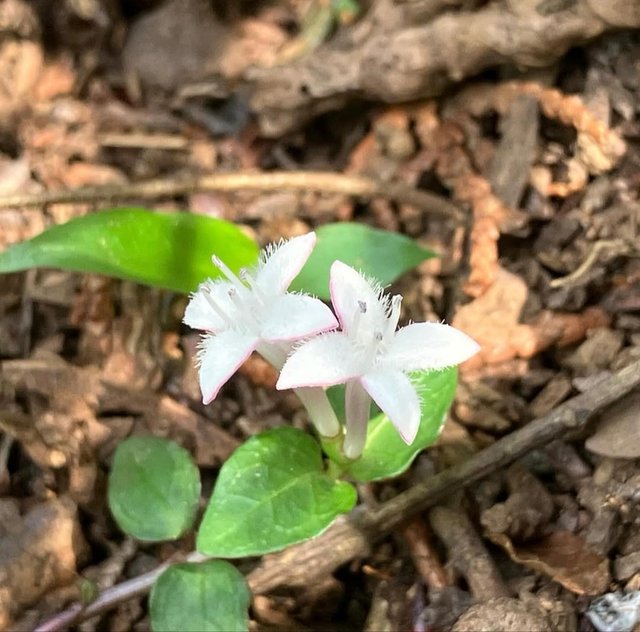Partridgeberry Flower
In the quiet shade of North American woodlands, nestled among mossy roots and under the dense canopy of hardwood forests, the Partridgeberry flower blooms modestly, often overlooked by those who rush past. But to those who pause and peer closely, this tiny yet remarkable plant reveals a fascinating story of natural beauty, botanical adaptation, and cultural significance.Despite its modest appearance, Partridgeberry is a true evergreen perennial. Its small, creeping vines hug the forest floor, never climbing but often sprawling across logs and mosses in dense, mat-like patches.
One of the most unique features of the Partridgeberry is its paired blossoms. Each flowering pair consists of two small, white (sometimes pink-tinged) trumpet-shaped flowers, fused at their bases and nestled closely together. These twin flowers bloom simultaneously and share a single ovary—meaning they work together to produce one red berry.This duality has led to poetic symbolism and practical fascination. Each berry carries the mark of the twin flowers in the form of two small dimples—a botanical fingerprint of its origin.
After the flowering stage, Partridgeberry produces small, bright red berries in the late summer or fall. While these fruits are edible to humans, they are quite bland in taste.It’s a non-invasive ground cover, often used in native plant gardens and shaded rockeries. Thanks to its low stature and slow growth, it’s ideal for erosion control and as a natural forest floor carpet.Partridgeberry isn't flashy. It won’t dazzle with bold petals or intoxicating fragrance. But for those who value delicate beauty, ecological balance, and the subtle magic of the forest floor, it’s a plant worth celebrating.



